
October 9 was the October Big Day: 24 hours in which hundreds of groups around the world participated in a simultaneous monitoring of birds. About 33,000 enthusiasts from 195 countries participated in the activity, and Guanacaste led the pack nationally and in Central America.
The top three places in the number of species observed in Central America were held by Costa Rican teams: a group of female observers called Las Jacanas (542 sightings), ACAT Birdwatching (480 sightings) from the Arenal Tempisque Conservation Area (ACAT for the Spanish acronym) and the Northwest team (474 sightings), which covers the northern cantons of the Chorotega Region.
In fact, in the province alone, 516 different species were sighted out of a total of 731 that the groups managed to document in the entire country all together.
The ACAT Birdwatching group was formed just a year ago and on that day, the group managed to place in the top 10 worldwide with the most birds registered. The key: citizen and collaborative science.
Participants in the group include not only conservation area officials with experience in biology, but also housewives, systems engineers and tour guides, all distributed around the cantons that make up the ACAT: Abangares, Cañas, Bagaces, Tilaran, Monteverde and Upala.
At the end of October Big Day, support from citizens in groups such as ACAT Birdwatching and Las Jacanas put Costa Rica in ninth place for the best countries in the world to observe birds based on the number of species registered.
People Doing Science
To understand how they achieved a consolidated group, we need to go back to the end of 2018. That year, the State Distance University (UNED) promoted a project to monitor the 10 migratory birds present in the biological corridors of the three conservation areas in the Chorotega Region: Guanacaste (ACG), Arenal Tempisque (ACAT) and Tempisque (ACT).
After the project, ACAT staff designed a methodology to observe the birds in their area and asked volunteers from neighboring communities to record the migratory birds they observed. They started to form WhatsApp groups to share their records and little by little, a group was formed.
After that experience with migratory birds, they decided to also monitor resident birds, which led to the formation of ACAT Birdwatching in 2020.
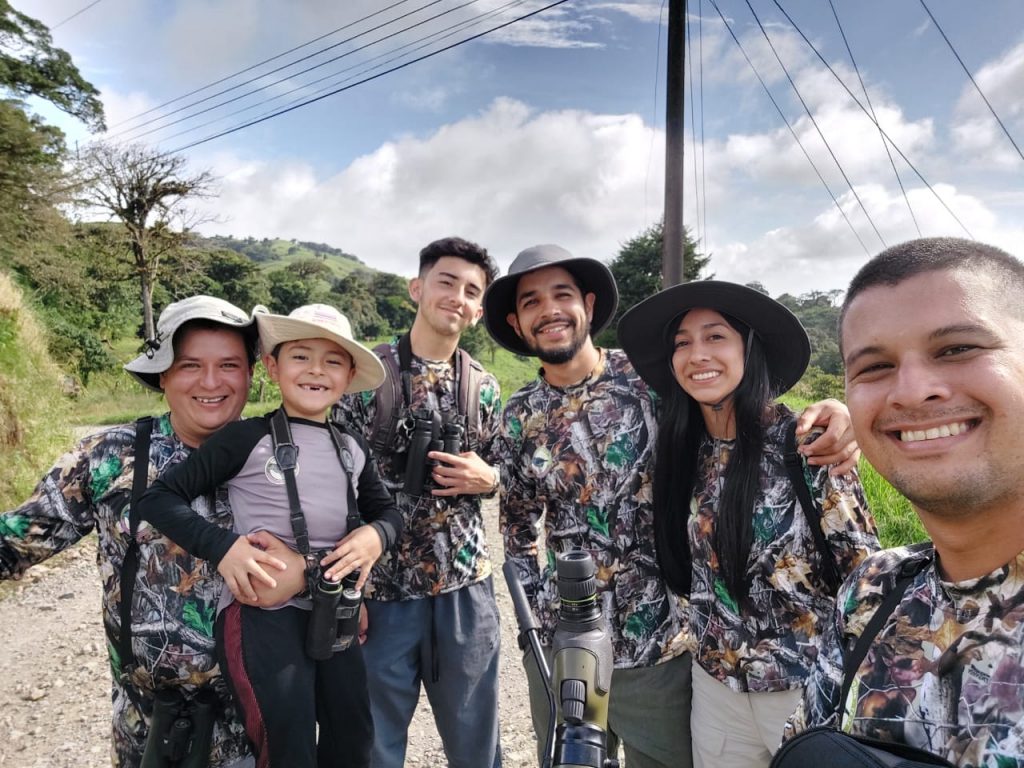
Group of birdwatchers in Las Nubes de Tilarán. Credit: ACAT Birdwatching
The conservation area’s department of Citizen Participation and Governance began to train community leaders, local committees in the biological corridors, tourism companies and educational centers through a basic induction training course on birds. In the course, they explain the birds’ distribution in the country, migration, habitat and their feeding cycle.
In the course, they also teach them how to use the Ebird application, through which they can learn about the birds that exist in the country and record the ones they have seen.
During the massive bird count done on October 9, people using the app had to document those they encountered with a photograph or by recording their song. At the end of October Big Day, the same platform determined which countries and users registered the highest number of birds.
Biologist Ruth Rodriguez, a bird watcher in the Nicoya Peninsula, founded a group similar to ACAT Birdwatching four years ago, but it is made up entirely of women. It’s called Las Jacanas and it now has more than 100 members distributed throughout the country.
Imagine scientists traveling so many years from Europe and the United States to Costa Rica. They found new species, made lists, entered the information, and such a detailed investigation took a long time. All that information has been accelerated,” the biologist explained.
Rodriguez is one of the 20 reviewers appointed by the Ebird platform in Costa Rica. These people check that the lists sent by bird watchers are correct. “It’s not that anyone can put whatever he wants in an impulsive way,” added the biologist.
A Race that Everyone Wins
Las Jacanas got started by mere chance, explained the biologist, but it quickly became a safe environment to learn without discrimination.
“Before, I used to go bird watching with men and I couldn’t say ‘what’s that?’ because they would tell me ‘how is it that you don’t know? We saw that one last time!’ And they didn’t help, they didn’t educate. Instead, they made us feel inferior,” she recalled.
As they observe, learn and study about birds, Las Jacanas are also a support network for pursuing goals. Some of them have business ventures, inns for tourists, others are biologists, engineers or educators.
“We are committed to having the forests so that these species visit us year after year, and through women, we can contribute to making that happen,” emphasized Rodriguez.
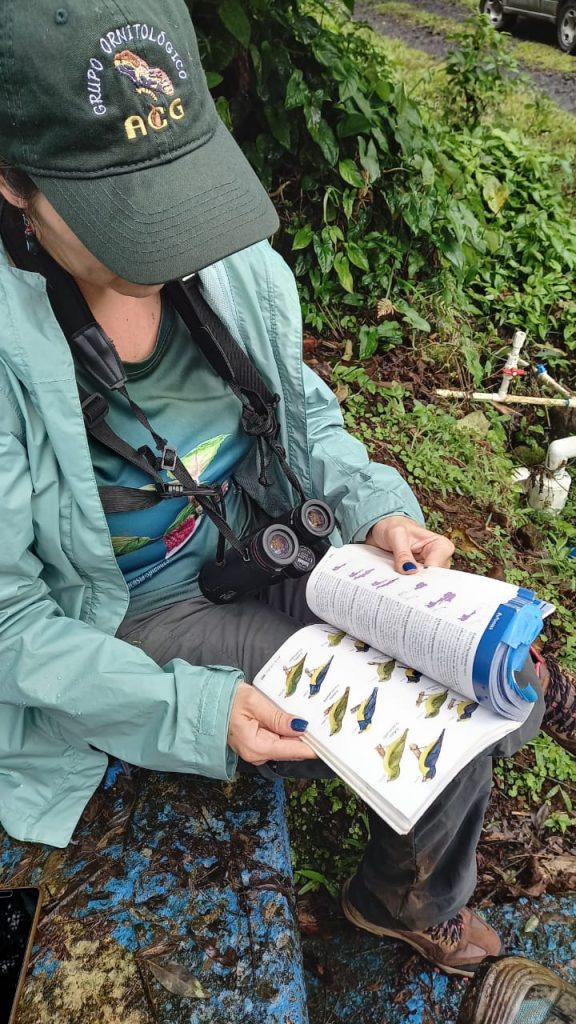
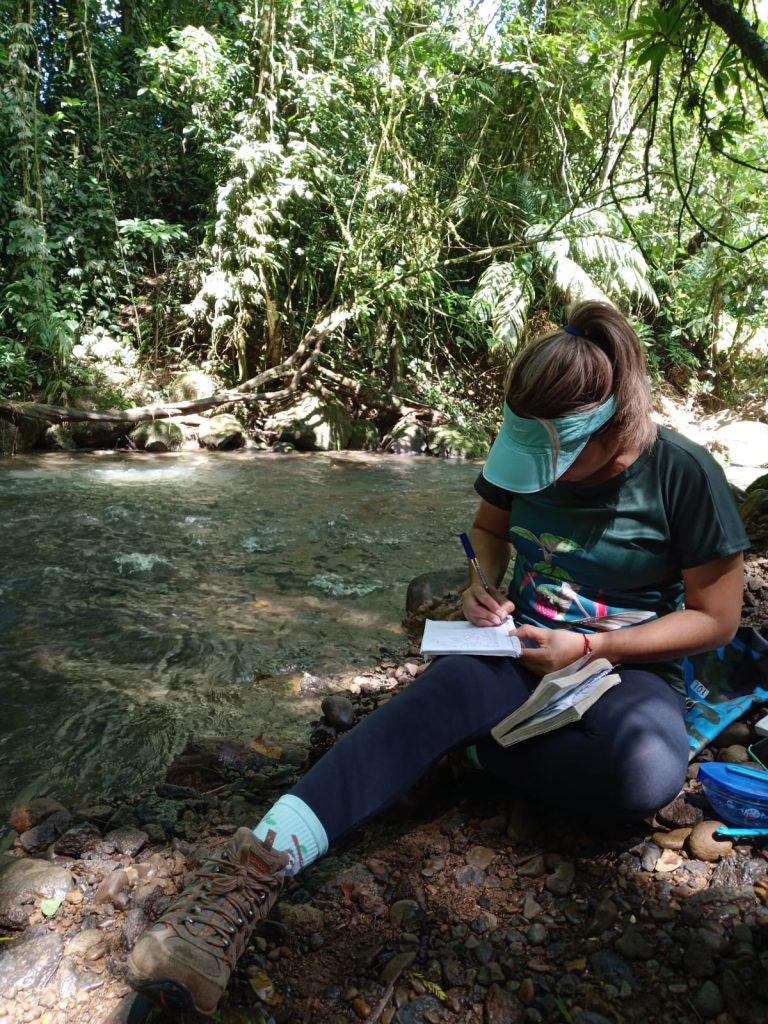
Beyond seeing October Big Day as a competition, Kevin Quiros, a tour guide and member of ACAT Birdwatching, considers it an opportunity to evaluate whether the country’s ecosystems are healthy or not, according to the species of birds that inhabit and pass through them.
“This is 100% voluntary work. You may not receive a financial income [from it,] but the benefits go a little beyond getting money for a tour that you’re paid for,” Quiros pointed out.
The benefits he refers to are a direct result of his late nights spent searching for nocturnal birds like owls or pauraques.
Upon placing Costa Rica in a privileged position worldwide in bird watching, the Ebird app marks these hot spots on the map. Then tourists and bird lovers will take these hot spots into account to visit them. According to estimates by the Costa Rican Tourism Institute (ICT), tourists interested in birding tourism spend an average of $3,221 per visit to the country.
The person in charge of ACAT’s environmental education processes, Yarely Diaz, believes that the participation of people like Kevin helps them improve the record of how birds are distributed, what species there are and what their behavior is like.
At the same time, [it serves to] give that focus that people help protect, that they know what they have in their territory and are empowered to protect it. It’s a way of conserving with the people,” she said.
The environmental educator added that another benefit of integrating society into conservation and preservation is that it solves the existing gaps in the conservation area on the subject of bird research.
Among the limitations is the lack of basic equipment such as binoculars, which most people have acquired with their own means. Added to this are the budget cuts for protected areas approved by the Legislative Assembly.
“We lead the entire process of raising awareness and training people. With the budget cut, something as basic and indispensable as fuel has limited us in being able to do our work,” lamented Diaz.
The importance of the existence of these groups, according to Quiros, the tour guide, is that they allow conservation strategies to be implemented.
“It’s a beautiful, participatory, inclusive, scientific matter and it has benefits for the Costa Rican society in a very broad spectrum,” he concluded.
Do You Want to Go Look for Birds?
ACAT organizes an annual Christmas Bird Count. This year, it will take place between December 12 and 19 in the protected wildlife areas of Palo Verde National Park, Tenorio Volcano, Taboga Forest Reserve and the Cipanci Refuge, among others.
For more information about the workshops and bird watching days, you can contact:
- Yarely Diaz Gomez
8459-7984
- German Aguilar Vega
8862-6923



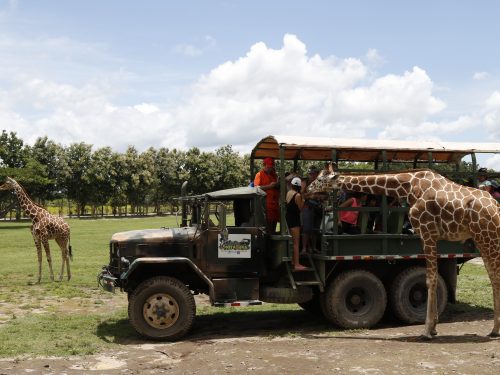

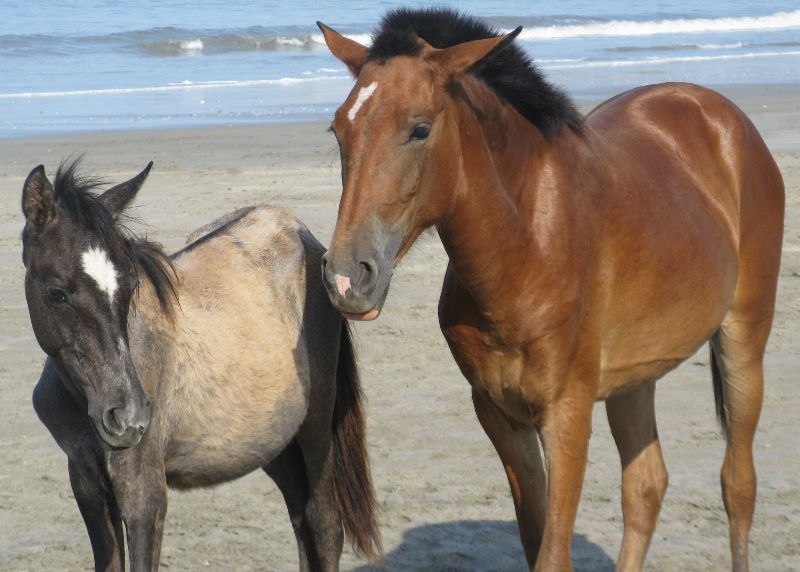

Comments